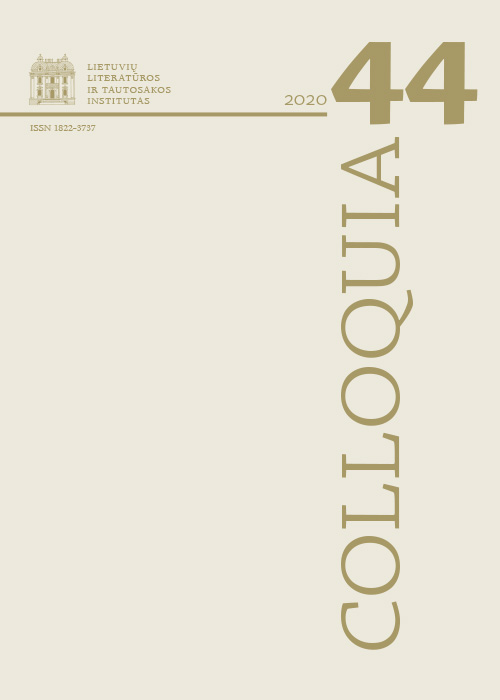Juozo Tumo‑Vaižganto rašomosios kalbos kaita: santykis su bendrine kalba
Santrauka
Straipsnyje analizuojama Juozo Tumo-Vaižganto rašomosios kalbos kaita, santykis su besiformuojančia bendrine kalba. Tyrimas apima XIX a. paskutinį ir XX a. pirmus du dešimtmečius. Remiantis epistoliniu palikimu aptariami svarbiausi Tumo rašomosios kalbos laikotarpiai, siekiama atskleisti būdingiausias jų ypatybes, nustatyti pokyčių priežastis.
XIX a. pabaigoje Tumui didelės įtakos turėjo Žemaičių (Telšių) kunigų seminarijos Kaune auklėtinių leista periodinė spauda, seminarijoje klausytos į homiletikos kursą įtrauktos Kazimiero Jauniaus lietuvių kalbos paskaitos. XIX ir XX a. sandūroje Tumas, stebėdamas pasauliečių leistos periodikos kalbą, matydamas stiprėjantį Jono Jablonskio autoritetą, orientavosi į jų kalbos modelį. XX a.
pradžioje kalbos klausimais jis tarėsi su Aleksandru Dambrausku-Jakštu, reagavo į kunigo Povilo Januševičiaus rašomosios kalbos pasiūlymus, XX a. antrajame dešimtmetyje atsižvelgė į spaudoje skelbtus Kazimiero Būgos pasiūlymus.
